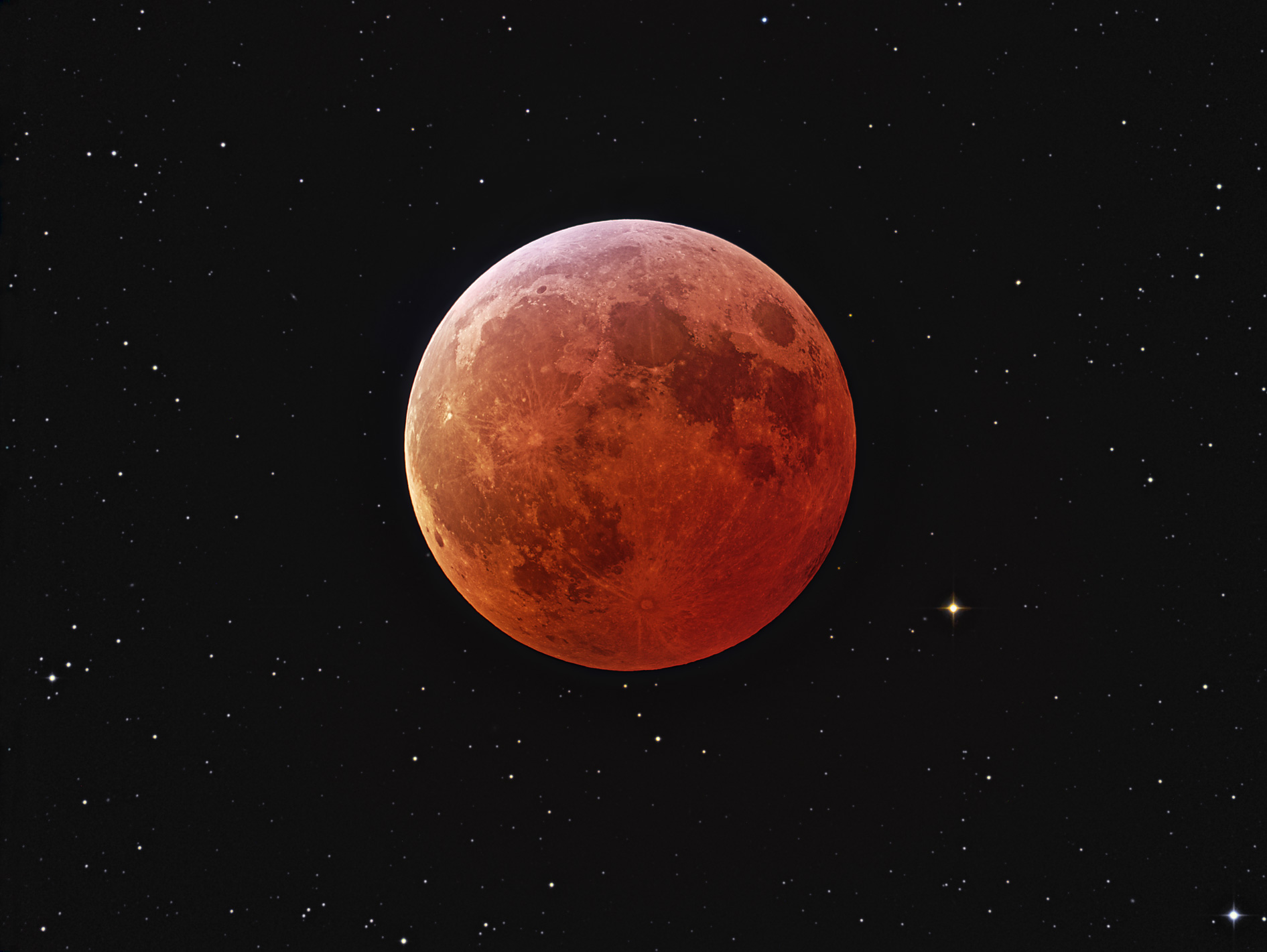 we're going back to the moon! i think that's cool enough that i'm surprised NASA hasnt been making more of an effort to get the word out to the public to get everyone more excited about it. reading the info on NASA's website isn't very inspiring. this probably has something to do with the internal struggles of re-alocating money to fund this new initiative, but theres not much i can do about any of that so i'll try to talk about some of the science!!
we're going back to the moon! i think that's cool enough that i'm surprised NASA hasnt been making more of an effort to get the word out to the public to get everyone more excited about it. reading the info on NASA's website isn't very inspiring. this probably has something to do with the internal struggles of re-alocating money to fund this new initiative, but theres not much i can do about any of that so i'll try to talk about some of the science!! an interesting project that i read about recently is the potential for a ~100 meter liquid mirror telescope to be set up on the moon! thats huge for an optical and near-infrared telescope!!! imagine two full-size soccer fields next to each other... that sort of light collecting surface without the pesky problems of earth's atmosphere will be able to see objects 1,000 times fainter than the planned successor for hubble, the james webb space telescope!
the idea behind a liquid mirror telescope is relatively simple and very cool! you start out with a big, shallow cylinder that you fill with some sort of reflective liquid (silver, mercury, gallium-indium-tin alloy...). when the liquid sits in the cylinder, the downward force of gravity resisted by the fluid force of the liquid creates a flat surface.
creating liquid mirror telescopes is not a trivial process though and of course there are unique challenges along with the known complications of using parabolic surfaces. But they can be produced much more cheaply than making, polishing, testing and mounting standard glass mirrors as primary reflective surfaces for telescopes!
in other lunar landing news, NASA announced seven research projects chosen to be the main science topics investigated when we next go to the moon. their titles are not terribly revealing to me as this is not my field of expertise, but i couldnt find anymore information and i thought i'd still share them!
-- Jet Propulsion Laboratory, Pasadena, Calif., William Banerdt, Principal Investigator (PI) "Autonomous Lunar Geophysical Experiment Package"
-- Jet Propulsion Laboratory, Pasadena, Calif., Slava Turyshev (PI) "Lunar Laser Transponder and Retroreflector Science"
-- Goddard Space Flight Center, Greenbelt, Md., Daniel Glavin (PI) "Volatile Analysis by Pyrolysis of Regolith on the Moon using Mass Spectrometry"
-- Goddard Space Flight Center, Patrick Taylor (PI) "Seismology and Heat flow instrument package for Lunar Science and Hazards"
-- Southwest Research Institute, Boulder, Colo., Donald Hassler (PI) "Lunar Radiation Environment and Regolith Shielding Experiment"
-- U.S. Army Engineer Research and Development Center, Fort Wainwright, Ark., Jerome Johnson (PI) "Lunar Suitcase Science: A Lunar Regolith Characterization Kit"
-- Ball Aerospace and Technologies Corp., Boulder, Colo., Christian Grund (PI) "Autonomous Lunar Dust Observer"











No comments:
Post a Comment